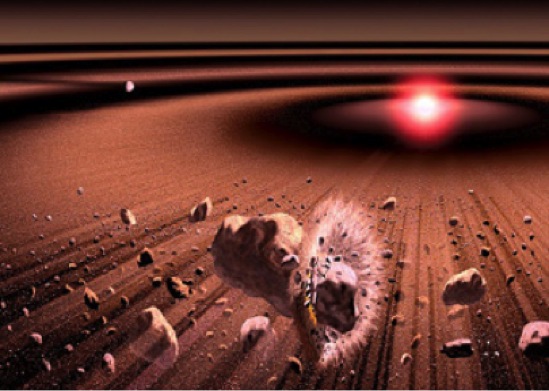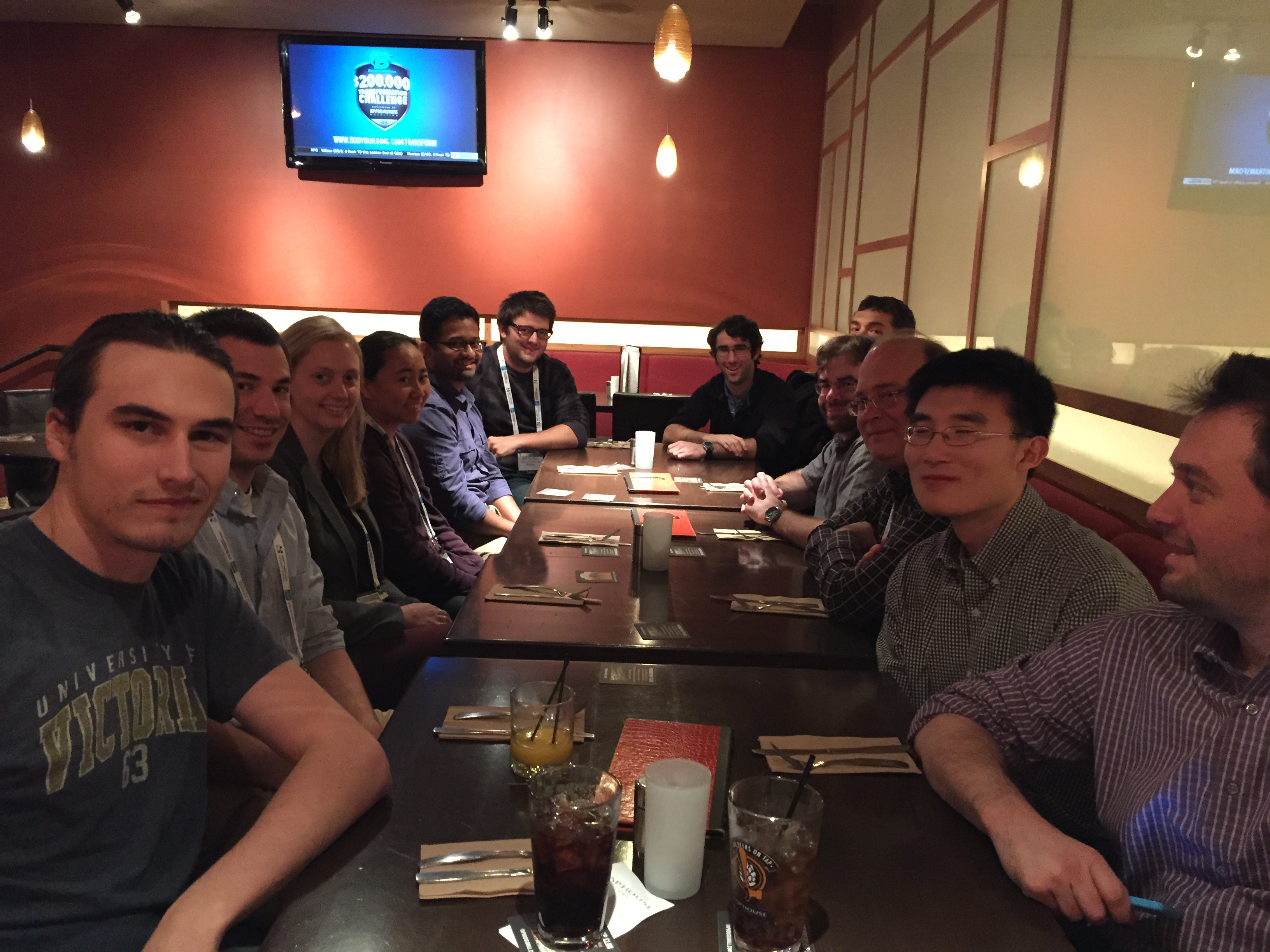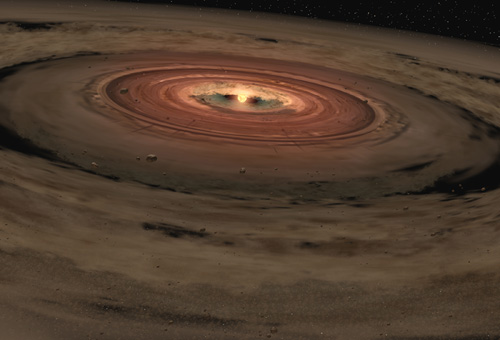
A star system where gas and dust have formed into a disk around a newly formed star. The leftover disk will most likely form planets, comets and asteroids. Credit: NASA
No one is ever excited when the topic of “dust” is brought up. Usually dust is a hindrance – something you sweep away during spring-cleaning, or an annoyance because your allergies can’t handle it. But for astronomers, finding dust around another star – i.e., circumstellar dust – is like finding the next piece of an interstellar puzzle. That’s because circumstellar dust holds clues to understanding not only the origins of planets outside of our solar system, but also gives us a leg up in figuring out our place in the Universe.
Before we can uncover the secret of how dust and exoplanets are linked, we need to understand what happens after a planetary system forms. Once a star is created, it leaves behind a large disk of gas and dust. The gas and dust start sticking together and coalescing into larger objects such as planets, asteroids and comets. The central star removes the remaining gas and dust either by accreting it, or by throwing it out of the system with its stellar wind and radiation pressure. About 10 million years or so after the star forms, all of the leftover dust and gas have either been ejected out of the system, eaten up by the star, or used to form planets, asteroids and comets. But here’s a mystery: astronomers have found stars much older than 10 million years with circumstellar dust.
So then where does all this dust come from if we know it shouldn’t be there?
One word – collisions.
Large planets will gravitationally tug on smaller bodies such as asteroids and comets as they pass by. And if these asteroids and comets are pulled hard enough, they will eventually collide with one another! This can be catastrophic and destructive, breaking the original asteroid into smaller chunks. These chunks can then collide and become still smaller and smaller and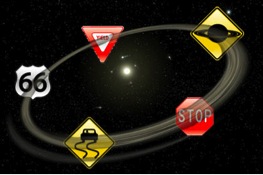 smaller – grinding down the original body into dust. The dust then forms a disk around the star — what astronomers call a “debris disk.”
smaller – grinding down the original body into dust. The dust then forms a disk around the star — what astronomers call a “debris disk.”
Had there not been large planets around these stars, there might not have been any destructive collisions, which in turn would not produce any dust for us to find. In other words, finding dust around a star is like seeing a large signpost saying “PLANETS! Come and get ‘em’!” Of course, initially we don’t actually see the planets. But knowing a debris disk exists around these stars tells us there is a good chance we’ll find them.
Detecting Dust
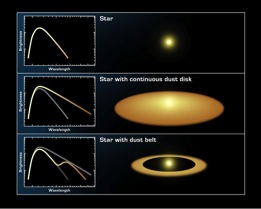
Emission spectrum seen from a star that does and does not have dust around it. A star with dust will have excess infrared radiation compared to the emission from the star. Credit: NASA
Now, astronomers typically look for debris disks by measuring the infrared light coming from a star. Dust around a star will warm as it soaks up the light from the central star. As it heats up, it will start emitting its own light in the infrared – just like a stove-top coil will begin to feel hot before you see it glow red. The amount of infrared light the dust gives off, combined with what the star produces, will be more than the amount of infrared light produced only by the star. This excess light is what betrays the presence of dust in the system. This dust is usually 10 to 100 microns in size, or roughly the thickness of a human hair.
Astronomers have found infrared excess emission – most likely caused by debris disks – in over 1,000 star systems, all of which have the potential to host planetary systems.
But what about planets? How can we confirm that planets are responsible for the creation of the dust we’re seeing?

Left: Hubble image of the Fomalhaut dust ring. Credit: Kalas et al. 2012. Center: Beta pic debris disk by Smith and Terrile. Right: Beta pic b planet over plotted on image of the beta pic debris disk. The stars in each image are blocked out by a coronagraph.
In some cases, taking an image of a system that has a known debris disk reveals much more than one can discern from just measuring the amount of infrared light produced by a star. In 2005, GPIES’ own Dr. Paul Kalas and his team used the Hubble Space Telescope to image the debris belt of Fomalhaut – a star roughly 16 times brighter and almost four billion years younger than our sun. These images show a sharp, eccentrically misaligned ring, which hints that a large planet might be orbiting inside the ring. Follow-up observations inspired by this suspicion revealed a planet, Fomalhaut b, though not the one thought responsible for the shape of the debris disk.
Another star system whose imaged disk betrays the existence of a planet is “beta Pictoris” – or beta Pic for short. Beta Pic’s debris disc was the first to be imaged. In 1984, Dr. Brad Smith and Dr. Rich Terrile took an image of the beta Pic disk by blocking out the star’s light using a coronagraph, which revealed an edge-on disk. The disk of this 20-million- year-old star – much younger than our sun – is full of warps and substructures. Such structures in the disk led astronomers to believe that a large planet may be influencing its shape.
And then..
In 2008, astronomers finally discovered the faint signal of a planet eight times the mass of Jupiter, captured in images taken by the Very Large Telescope in 2003. These two systems are only the tip of the iceberg, as many more such stars have been studied, all of which show a wide variety of disk structures and hint at the presence of planets hidden behind the dust.
How does this all link back to us here on Earth?
Although the puzzle of each exosolar system becomes clearer when we study its debris disk, information gleaned from every system can be used to deduce whether a planetary system like ours can form elsewhere in the Universe. This is mainly because the interaction of our solar system’s planets and debris disk – which is made up of the asteroid belt between Mars and Jupiter, and the Kuiper belt way past Neptune – have heavily influenced the current structure of our solar system.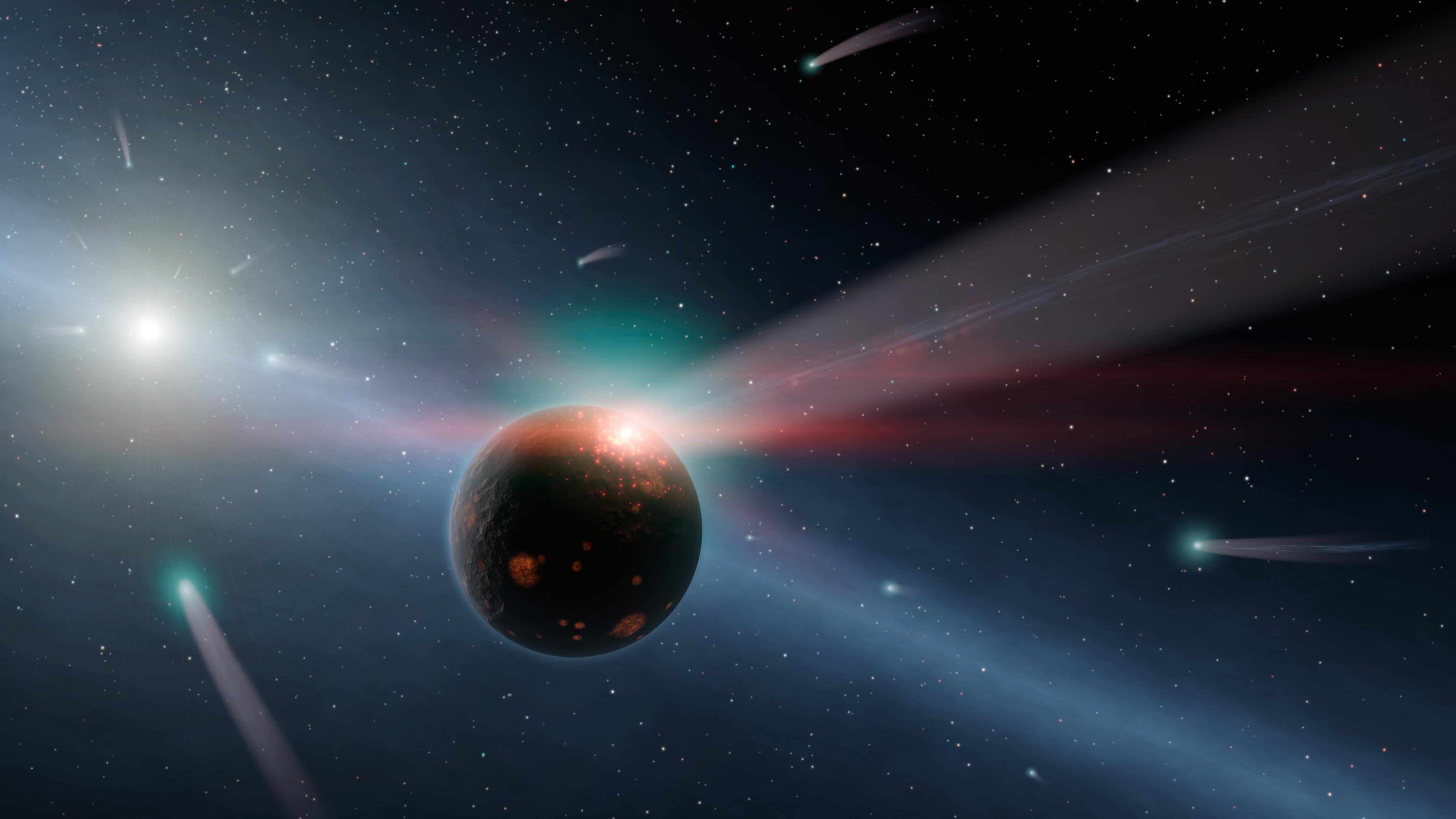
Roughly 3.7 billion years ago, Jupiter and Saturn began a gravitational dance in which the orbital periods of the titans lined up, and for every orbit around the Sun Jupiter made, Saturn made two. This enhanced gravitational interaction forced Saturn to migrate slowly away from the Sun, pushing Uranus and Neptune further out in the solar system as well. Neptune fatefully crashed into the outer Kuiper belt, sending large ice and rock bodies hurling all over the solar system, and turning its inner region– and Earth – into an interplanetary shooting range. A large amount of dust would have been created during this time period, one quite noticeable to any alien observing our system.
Although this event made the primordial Earth a hellish place to live, there is some good news. Some scientists have theorized that a large portion of Earth’s oceans were fed by the transport of these water-rich comets and asteroids from the Kuiper belt during the “Late Heavy Bombardment.”. And so had it not been for the relationship between our planets and debris belts, Earth would probably not exist as we know it.
We have seen evidence of similar catastrophic events around the young “eta Corvi” system. Using spectroscopic data obtained in 2010 from the Spitzer Space Telescope, Dr. Carey Lisse’s team discovered that for some reason, large numbers of cometary bodies from the outer regions of this system were colliding with a planetary sized body in the inner regions, and releasing water ice dust whose total mass was about 0.1% of all the water in Earth’s oceans!
The similarity between eta Corvi and our early solar system is uncanny. Additionally, it’s exciting to think that the events that may have allowed for life to arise on Earth are currently going on around other stars – events that require a symbiotic relationship between planets and the remnant asteroid and comet population.
Events that we can witness by studying debris disks.
Source: blog
